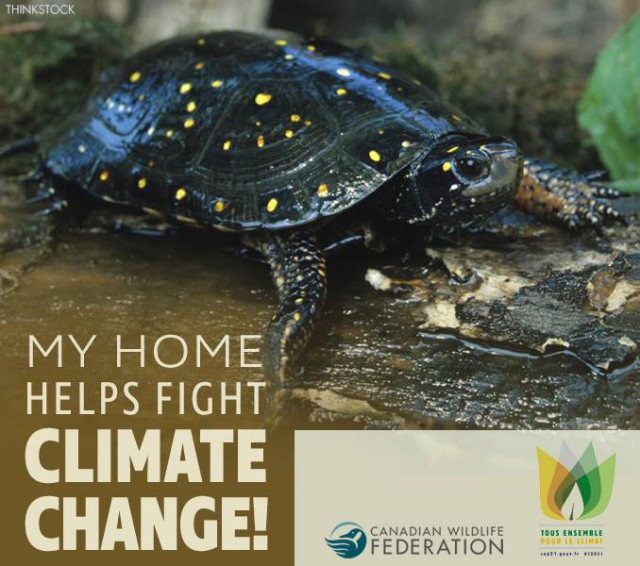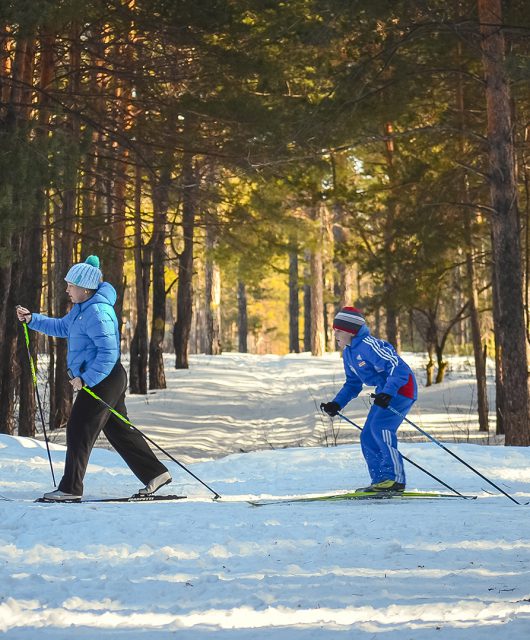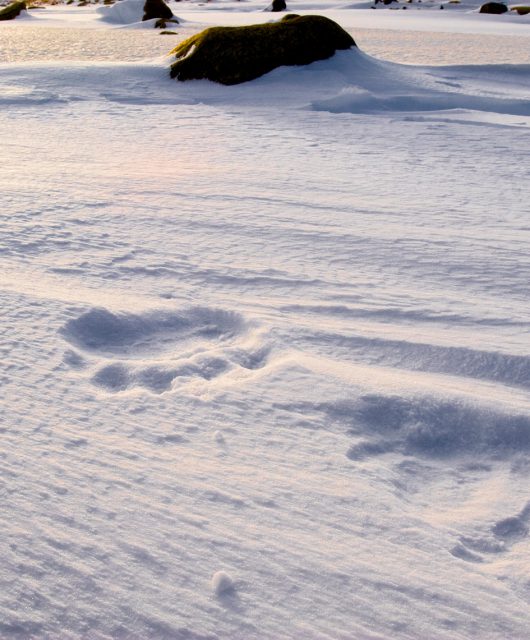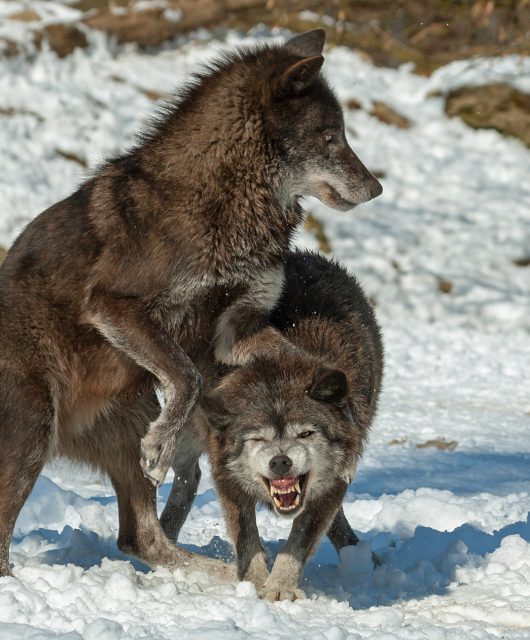blog post by Rick Bates, Executive Director, CWF

The first draft of a potential agreement on climate change is now being reviewed in facilitated negotiations in the Le Bourget building here, so we do not yet know how fully the important concept of ‘adaptation’ will be built in to the final agreement, but we continue to encourage its inclusion.
“The effects of climate change are already occurring on all continents and across the ocean,” the IPCC (International Panel on Climate Change) reports, and this will continue for many years as a result of carbon already in the atmosphere. Every country will need to adapt to the changes unique to its ecosystems, people and social milieu. Successful adaptation is also key to minimize negative impacts on wildlife and to maintain ecosystem services that are the foundation of much of our economy.
Reducing emissions is key to minimizing climate change, but because the climate is already changing and will continue to change, we will need to adapt our infrastructure and reduce impacts on wildlife so they can adapt. Changes to the climate are already producing negative impacts on wildlife habitat in Canada including lost sea ice, reduced snowpack and water flows, increased water temperatures, and increased forest fires. These changes impact ecosystems, which in turn affect people. Just one example is increased water temperature in BC streams can reduce salmon spawning success, which in turn reduces food supply for wildlife up and down the food chain, so grizzly bears, birds like bald eagles, other fish, crayfish and on and on. Fewer salmon has an economic impact through commercial, sport and First Nations fishing, which in BC creates hundreds of millions of dollars in economic impact every year, including thousands of direct and indirect jobs, and the culture of the province.
Minimizing these types of impacts has ripple effects through our society. These kinds of actions can include increasing vegetation along a stream to provide shade to help moderate water temperatures for salmon, or improving flood protection for communities near the ocean or along a river. But it also includes long-term watershed management and land and resource-use plans that affect industries like forestry and agriculture, how we live, our economic prospects, the wildlife around us and the quality of our lives.
Healthy ecosystems provide a wide range of services that benefit our economy and overall quality of life. They help mitigate the impacts of climate change and are often the most cost effective approach to carbon sequestration and storage. They can also be incorporated into strategies at the local, provincial and national levels.
The agreement being worked on this week should include a goal for adaptation and encourage national plans that incorporate
– input from stakeholders to ensure programs are effective and minimize negative impacts on wildlife
– continuous improvement so we can learn and change as needed to unanticipated challenges
– build on existing programs and incorporate new ones if needed
– maximum use of nature-based solutions that help maintain underlying ecosystem services that are the basis of much of our economy and wildlife
Stay tuned over this week as we report on these negotiations, what others are doing, and share what CWF is doing to minimize impacts of climate change on wildlife.
CWF – Your Connection to Wildlife



